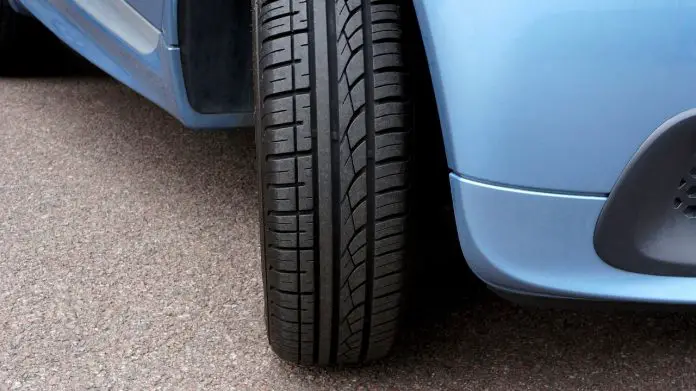Your tyres have been in place for – um… – a few years now? They’re fine to keep going for a bit longer, aren’t they? This kind of question is a surprisingly common one that drivers face: tyres are so rarely changed that it can be easy to forget about them, and then struggle to recall exact dates when one does begin to wonder about whether it is time for a new set or if the old ones can be relied upon for a little while longer. Here’s how to tell if your tyres are showing the signs of ageing.
Increased Punctures
The increased incidence of ‘fault-free’ punctures (that is to say punctures that occur without something that might explain them, such as driving over a spiky fallen branch, or not spotting a sharp edge and driving too close to it, for example) can be a sign that your tyres are ageing out of their useful lives. Old tyres become more prone to slow leaks, frequent punctures and even sudden blow-outs, so if you have had more than two or three unexpected punctures in the last couple of months, you might want to consider investing in a new set of tyres to restore your trouble-free driving. The expert team at Eco Tyres is dedicated to providing efficient car tyres fitting services in Stevenage, ensuring a smooth and hassle-free experience.
Reduction in Tread Depth
Even if your tyres have not begun to fail, you should keep a careful eye on your tread depth in order to remain in legal compliance with the rules of the road. Your tread depth should never fall below 1.6mm over at least the middle three-quarters of your tyre’s contact surface – but motoring experts all recommend that drivers should set a personal limit of 3mm over the entire contact surface of the tyre, to be sure of safety when driving in poor conditions. Use a 20-pence piece to check your tread depth (stand your coin up in the deepest part of the tread – if you can see any part of the band running around the outside of the coin, your tread depth is too low) on a regular basis and act promptly when the tread has worn down too low.
Increase or Change in Sound
Tyres are designed to offer a comfortable ride, but they are also designed to keep noise and vibration levels down too – to the point that when these aspects of a tyre begin to fail, your ride will slowly become more uncomfortable and even exhausting as you suddenly have to contend with these discomforts. If you become aware that your tyres sound louder than usual – or even different to before – and that you are feeling more vibration coming through your seat and up through the steering wheel, consider the age of your tyres first, before worrying that the problem might be more serious.
Dryness or Brittleness
Finally, examine the texture of your tyres. Good condition tyres have a certain oiliness in their appearance and are a rich, lustrous colour (black or dark grey). Older tyres begin to look ‘chalky’ and crumbly – and indeed, they will soon begin to fall apart if you do not take steps to replace them. Rubber is a natural product and like all natural products, they age and fall out of their useful life. When your tyres reach this stage, it is time to replace them.
In summary, proactive monitoring of your tyres for signs of aging is essential for ensuring both safety and legal compliance. Increased punctures and a reduction in tread depth are key indicators that your tyres may be approaching the end of their useful life. Adhering to recommended tread depth limits and promptly addressing any issues will contribute to a safer driving experience. Regular checks can help you make informed decisions about the timely replacement of your tyres.







